A golden St George slays the dragon atop a 35-metre column in downtown Tbilisi celebrating Georgia’s freedom from the Soviet Union. The Freedom Monument stands in Freedom Square replacing - no-one will be surprised to hear - the Lenin Monument in Lenin Square which went the way of most statues of Lenin and the rest of the communist pantheon in 1991. The statue, the work of famous but controversial Georgian sculptor Zurab Tsereteli, was unveiled in 2006, a little late perhaps, but understandable given the chaos that engulfed the country after independence.
‘Freedom Monument’ in Georgian is თავისუფლების მონუმენტი. I don’t expect you can read that; even after two years there I still couldn’t read anything but the simplest words. But I think Georgian is one of the most visually pleasing scripts I’ve ever seen, so I thought I would share it with you.
This is part of the roof of the Gabriadze puppet theatre. Rezo Gabriadze was a film and theatre director among other things and established his puppet theatre in the 1980s. The building, hosting a theatre and a very nice cafe, was restored under Gabriadze’s direction at some point in the 2000s. Here’a a little more Georgian just for fun - რეზო გაბრიაძის თეატრი.
Down the narrow, crumbling Ioane Shavteli Street I came across the beautiful little Kari Church of Saint George - წმ. გიორგის კარის ეკლესია - set in a small but immaculately kept garden. All of my pictures of the church itself were rubbish, but this broom leaning against the wall of the bell tower caught my eye. Moments earlier one of the little old ladies who could be found in almost every church in Georgia - sweeping, polishing, dusting, tidying - had been brushing the floor of the bell tower with it.
Mother Georgia - Kartlis Deda - ქართვლის დედა stands on a hilltop in the Sololaki neighbourhood overlooking the city. She’s 20 metres tall, aluminium and carries a bowl of wine if you're a friend and a sword if you're not.
The Narikala Fortress is not far from Mother Georgia. There’s been a fortress of some sort on this site since at least the 4th century, though the fortifications you see here are more recent - probably 16th century. If the church looks suspiciously new, that’s because it is. There was a much older church on this site at one time, but the Russians blew it up in the 19th century while using it to store munitions. The current church was built in the 1990s on the ruins if the old church.
The fortress is a nice spot to visit for great views over the city, though when I lived in Tbilisi it was quite an effort to get up there. These days there’s a cable car.
I love the look of this sagging balcony, but I wouldn’t want to live there. This was on a street in the neighbourhood of Avlabari, and many of the surrounding streets were similarly run down, if not as picturesque. Despite its perilous appearance in this picture from 2010, as of July 2018 it was still standing if google street view is to be believed.
This street - Vakhtang VI Street (ვახტანგ VI ქუჩა) - and this particular building are literally round the corner from the grand, and allegedly very expensive Presidential Palace which finally opened after five years of construction the year before I arrived. Estimates of the cost vary - I’ve seen everything from $5 million to $200 million. Whatever the actual cost a lot of people asked, not unreasonably, why the Georgian government was spending money building palaces while right next-door Georgian citizens were living in crumbling homes.



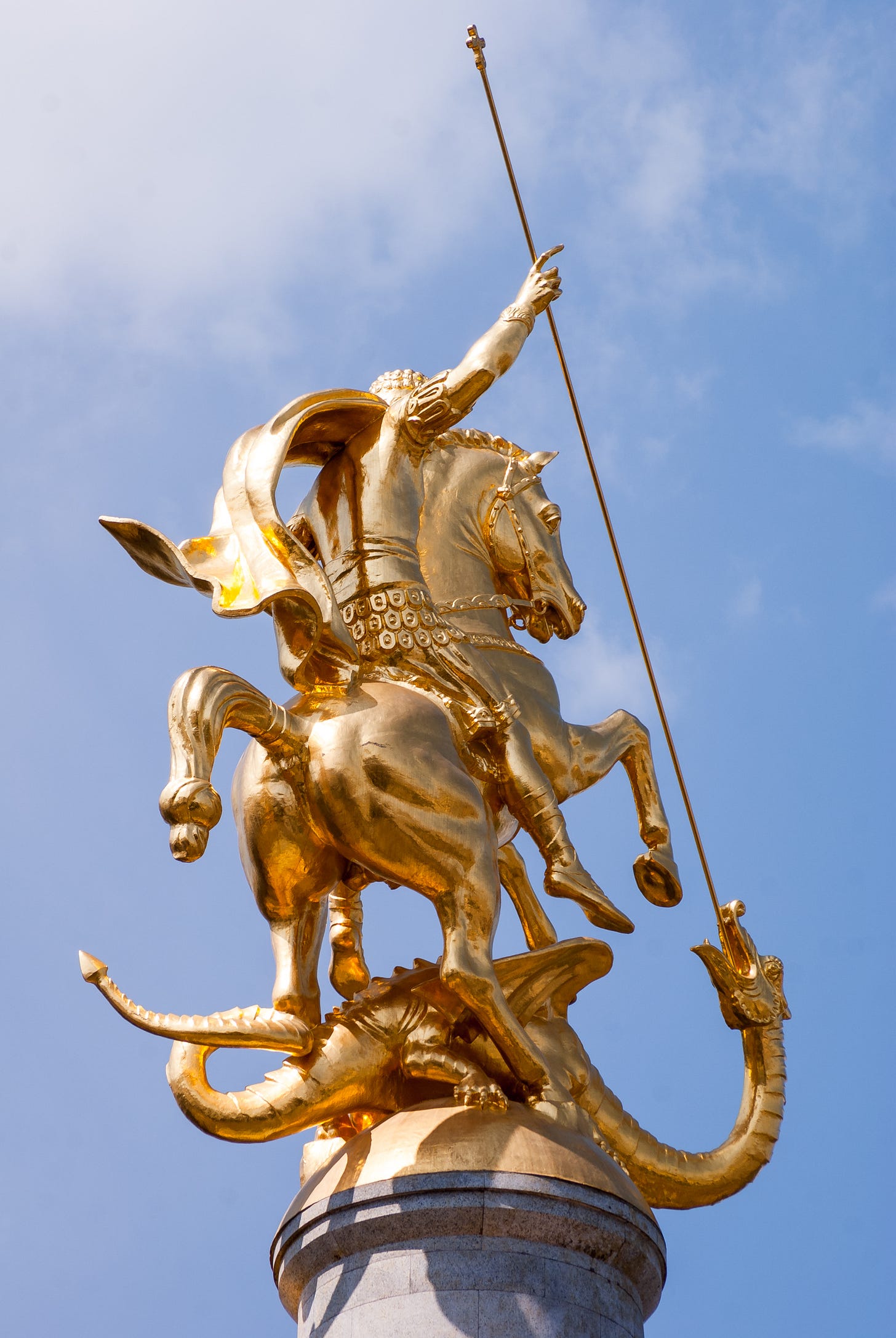
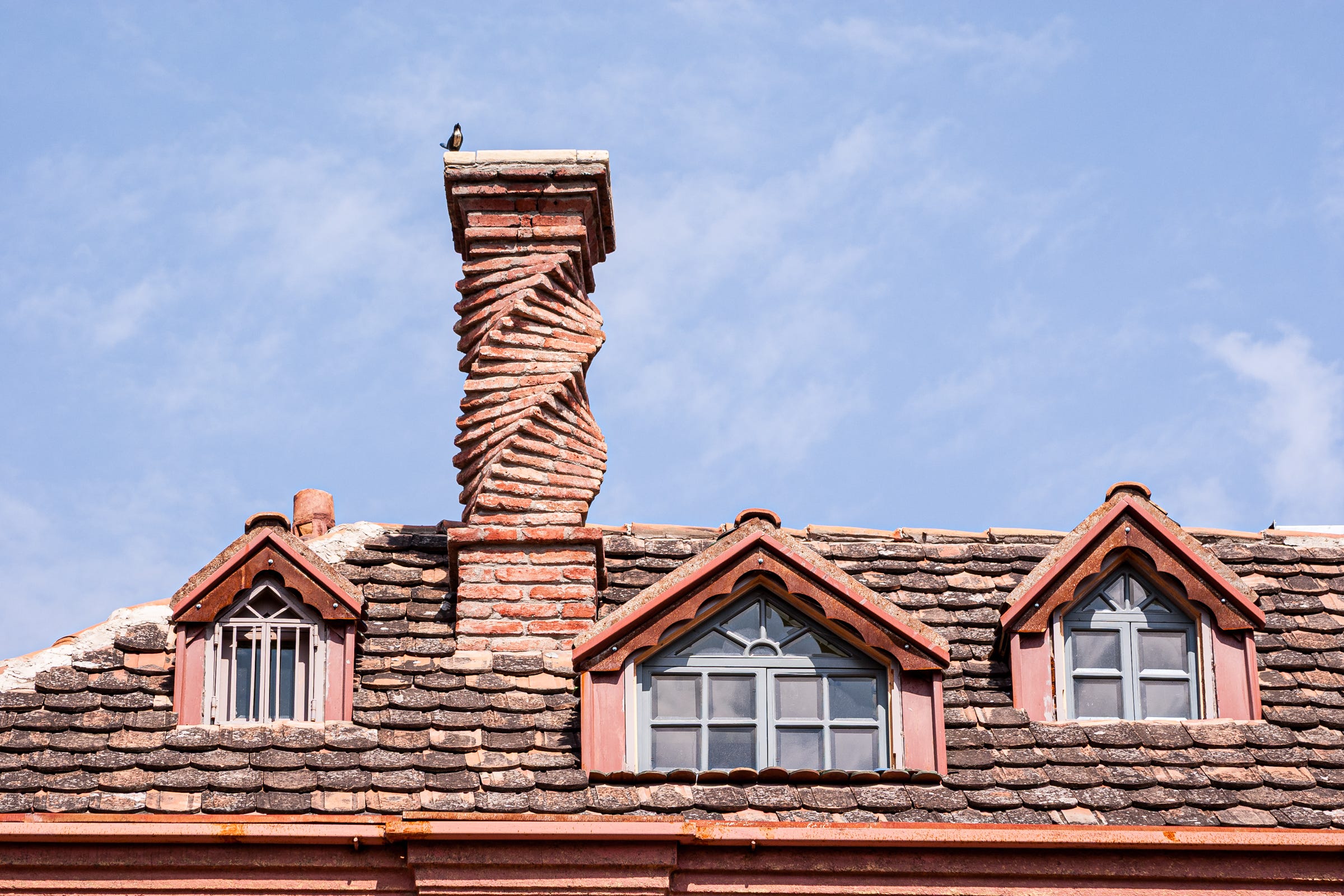
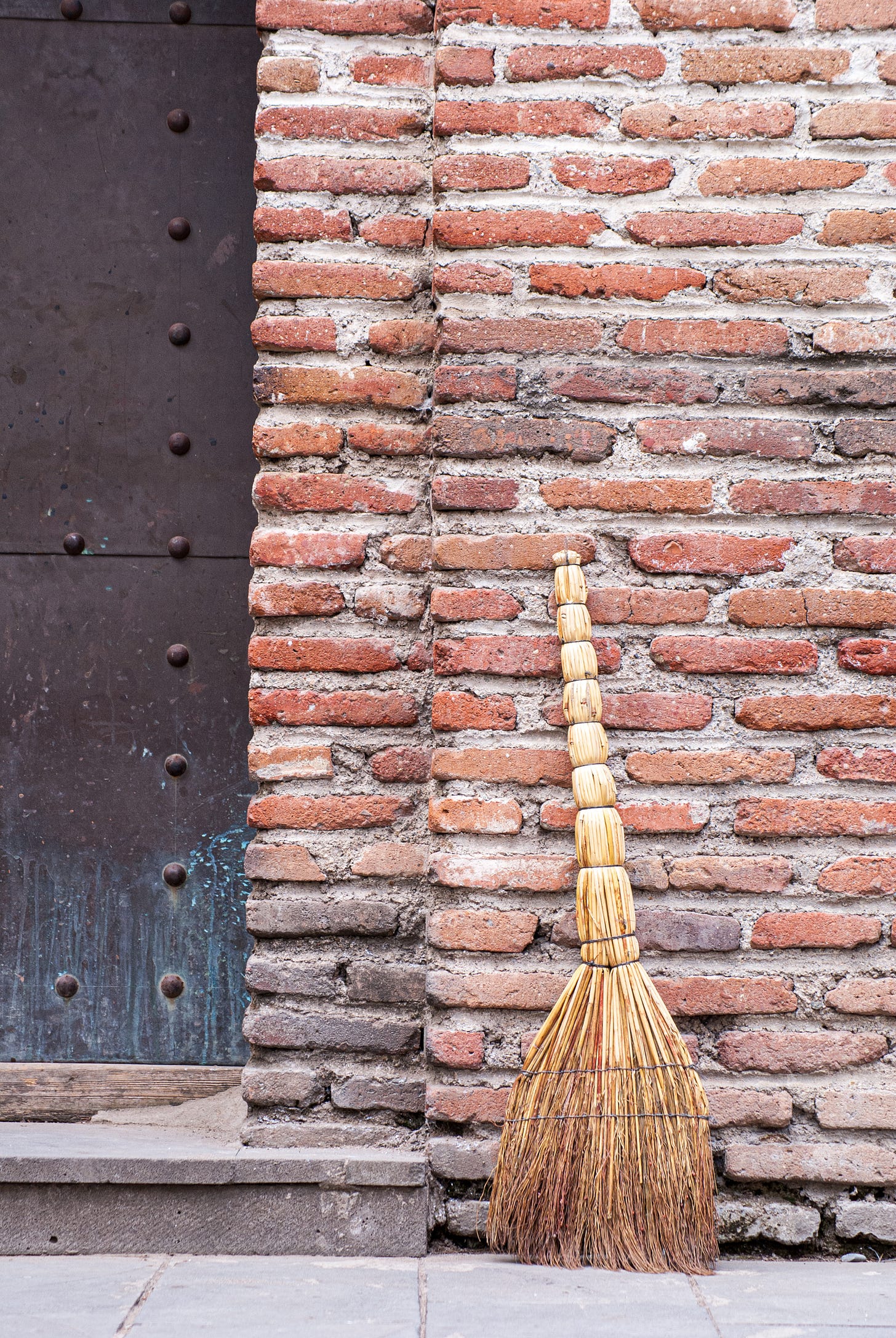
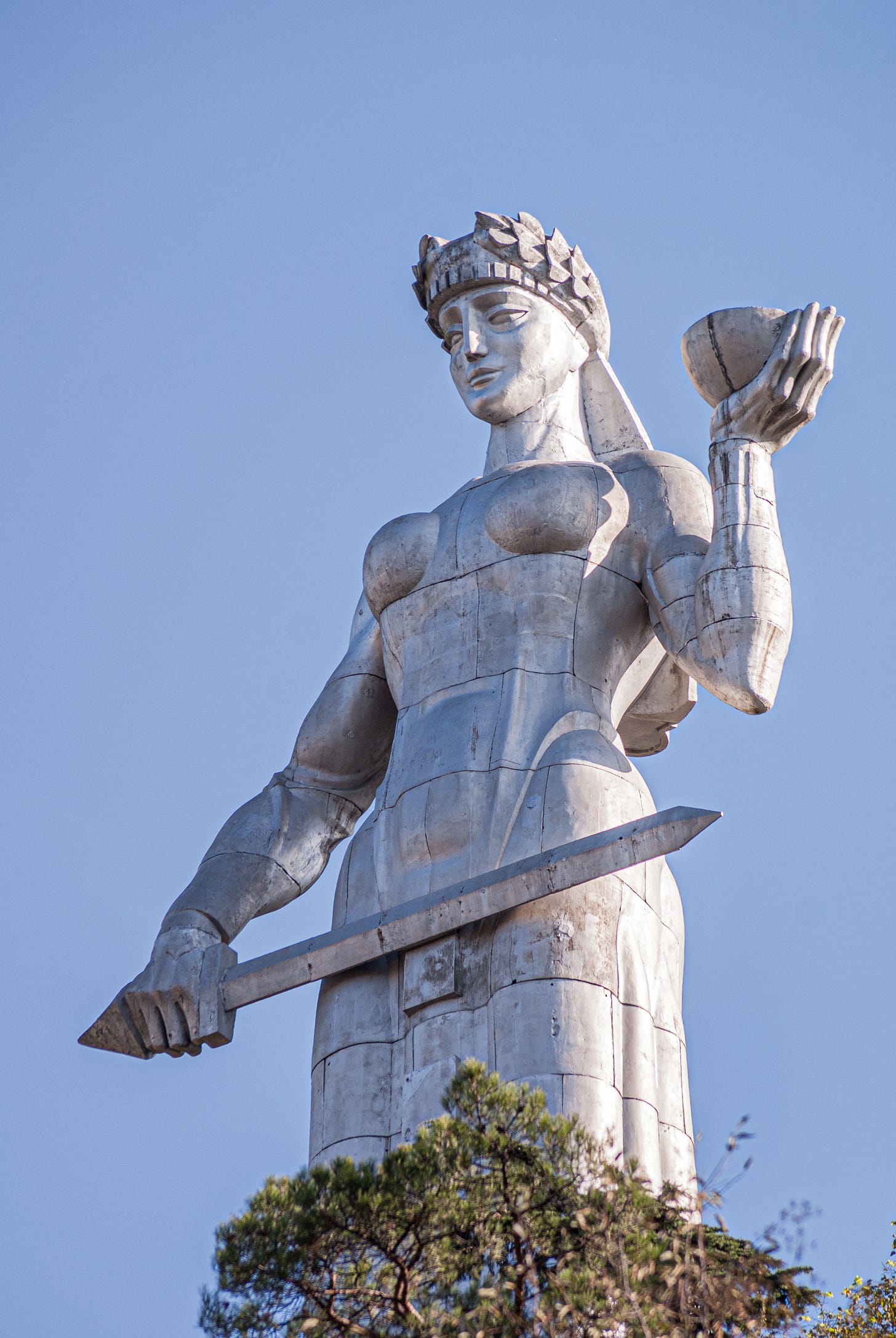

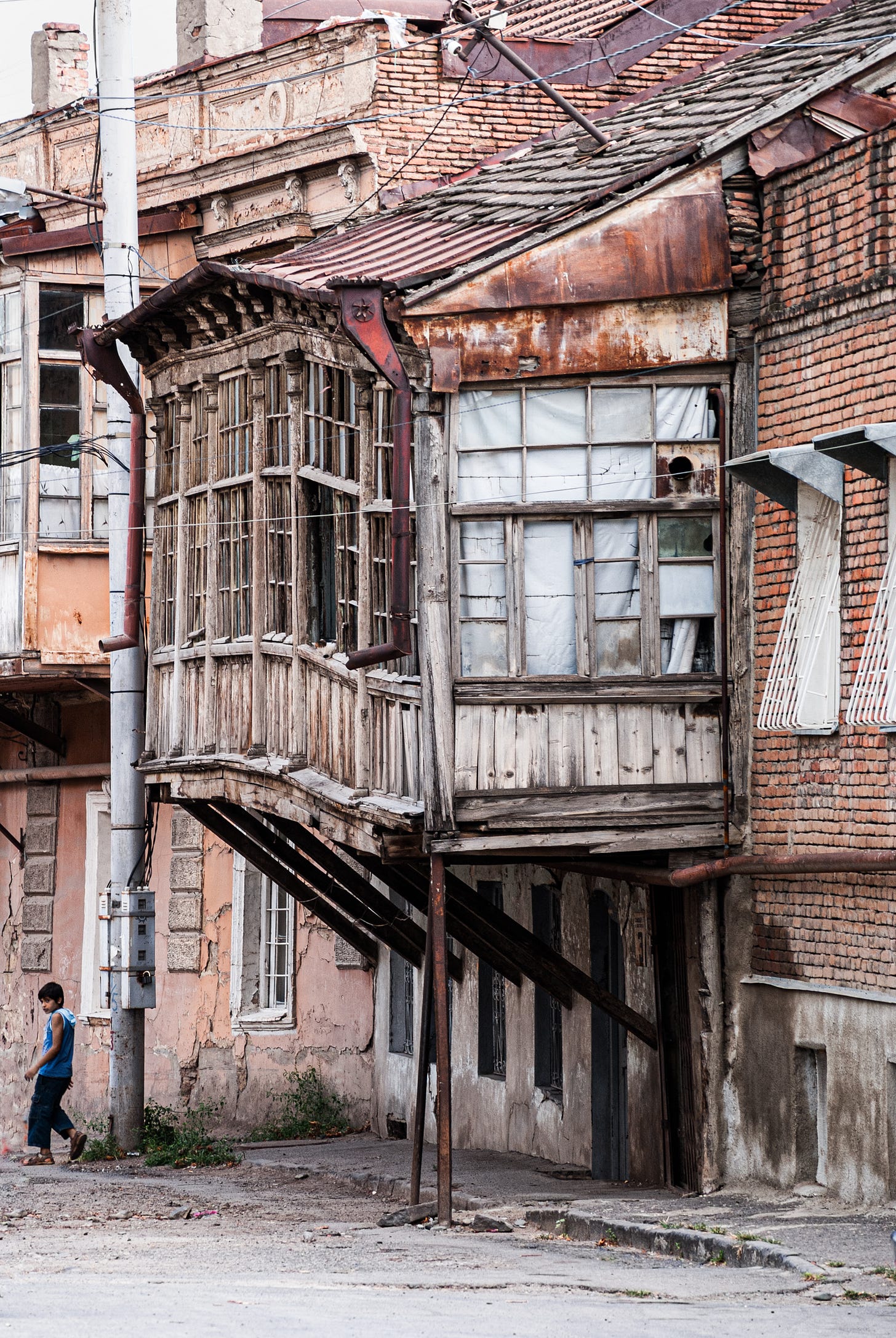
The statue of Mother Georgia is simply beautiful. Steel can have a completely different effect in a statue than stone. Very nice. I wonder who the artist is.